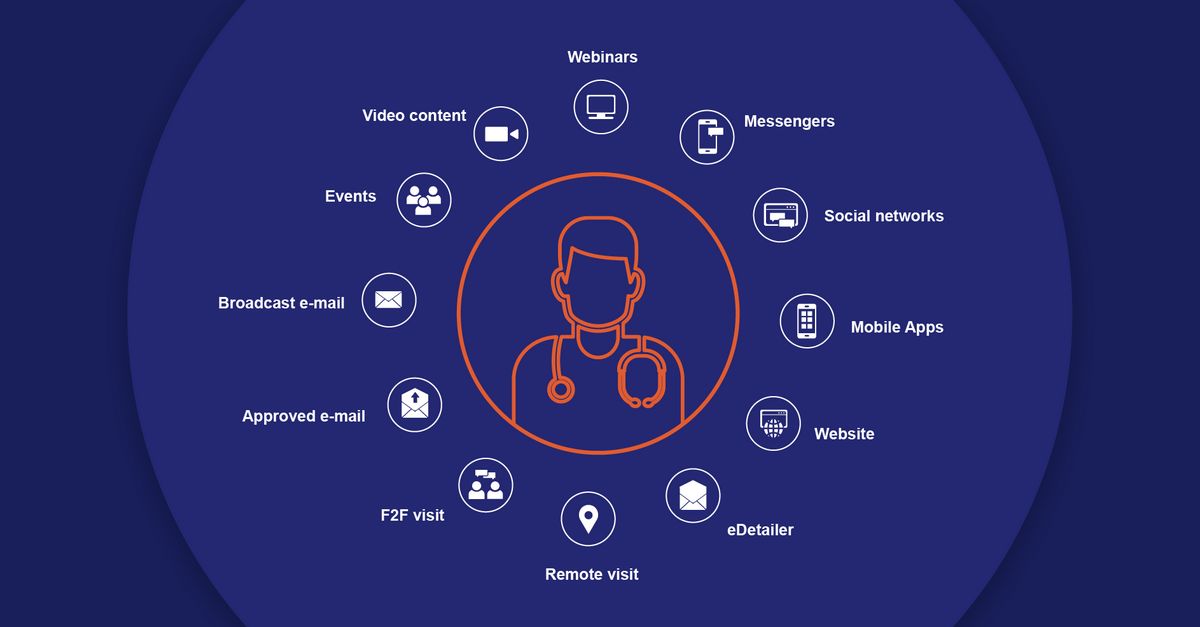
How to Build an Omnichannel Marketing Strategy on a Limited Budget
Consumer preferences are shifting toward shopping online. According to a recent Salesforce report, digital sales in the United States rose 36% in December 2020. This trend is expected to continue, with more people making online purchases.
At the same time, consumers are seeking ways to connect with local businesses. They value personalized customer service and supporting their communities.
So how can traditional brick-and-mortar retailers compete with the rise in digital engagement? How can smaller online businesses raise awareness for their brands? The answer lies in developing an effective and budget-friendly omnichannel marketing strategy.
What is omnichannel marketing?
Omnichannel marketing focuses on delivering consistent, personalized experiences for customers across all channels and devices. The goal is to provide more value by connecting the ways customers communicate with your business.
In other words, customers should have the same experience whether they are shopping in-store, on your website, or on social media.
How to create an omnichannel marketing strategy
How do you plan an omnichannel marketing strategy on a tight budget? While big players in the industry offer similar promotions and connect online and offline worlds, smaller businesses may struggle to implement such plans.
Fortunately, there are several inexpensive things you can do to offer a complete multichannel experience.
1. Understand your customers
To start, you must understand your customers and their pain points. Whether you reach your target audience online or offline, it’s important to express the unique value proposition you provide. Your value proposition should address their problems. For example, a local heating and cooling company can stress reliable and affordable service.
This message should resonate across social media, print ads, and interactions with your sales staff. Every experience with your brand should address customer pain points.
2. Repeat taglines online and offline
Once you know your customers’ pain points and unique value proposition, come up with a short sentence describing what you do. Repeat this motto online and offline. Effective ways to create a positive brand image include social media ads, problem-solving videos, and real-life ads.
Consider where your typical customer spends time and how you can easily reach them. For instance, vehicle wraps are effective advertisements for plumbers, electricians, and painters. If you want to reach parents, advertise at the local Little League park or school newspaper.
3. Refine your business structure
Ensure that all departments work together effectively. Explain the importance of the omnichannel approach to your sales team, marketing department, sales staff, and warehouse workers. Everyone should be able to answer customer questions about promotions or policies, or refer them to the relevant person.
Invest in a marketing technology stack to integrate different elements of your business. Automate marketing processes as much as possible for online promotions, freeing up time to focus on the customer experience.
4. Create quality content
Establish your website as the go-to resource in your industry. Quality content will drive traffic to your site and position you as an authority. For example, a local bakery can target engaged couples on social media, offering free wedding cake consultations. Share knowledge about cake designs, freshness, and cost-saving tips. Use this content to generate leads and direct customers to your store.
5. Utilize social platforms effectively
Choose the social media platform your customers frequent most. Narrow your audience to include those who live in your community and share similar interests. Join relevant industry groups and participate by offering help and advice. Engage in the community to drive traffic to your physical store.
6. Put the customer at the center
Identify customer needs and involve them in your omnichannel approach. For example, a company selling trench coats addressed the issue of losing belts by asking customers to suggest solutions. This campaign ran via email, social media, in-store ads, and involved influencers. Asking for input on different platforms involved the target audience and solved the problem without changing the product.
7. Connect print and digital ads
Combine online and offline advertising to enhance the omnichannel experience. For instance, display a hashtag or offer a code that customers can redeem in-store for discounts. Find ways to merge the real-world and digital experiences.
8. Support local causes
Supporting local charities or youth leagues can inexpensively raise brand recognition across multiple channels. Sponsoring a Little League team, for example, allows you to display your banner at their ballpark. Ask charities to share your sponsorship on their social media and newsletter.
Extra effort equals more sales
Implementing digital marketing tactics can expand your audience and bring in new leads. It can also reinforce your message everywhere your target audience comes across it. Creating an omnichannel experience doesn’t have to be expensive. Start by trying one or two tactics at a time and assess their effectiveness with your customer base.
Hello!
I’m Andrew Brooks, a seasoned finance consultant from the USA and the mind behind phonenumber247.com.
My career is built on a foundation of helping individuals and businesses thrive financially in an ever-changing economic landscape. At phonenumber247.com, my aim is to demystify the complex world of finance, providing clear, actionable advice that can help you navigate your financial journey with confidence. Whether it’s personal finance management, investment strategies, or understanding the nuances of market dynamics, I’m here to share insights and tools that can propel you towards your financial goals.
Welcome to my digital space, where every piece of advice is a step closer to financial clarity and success!
